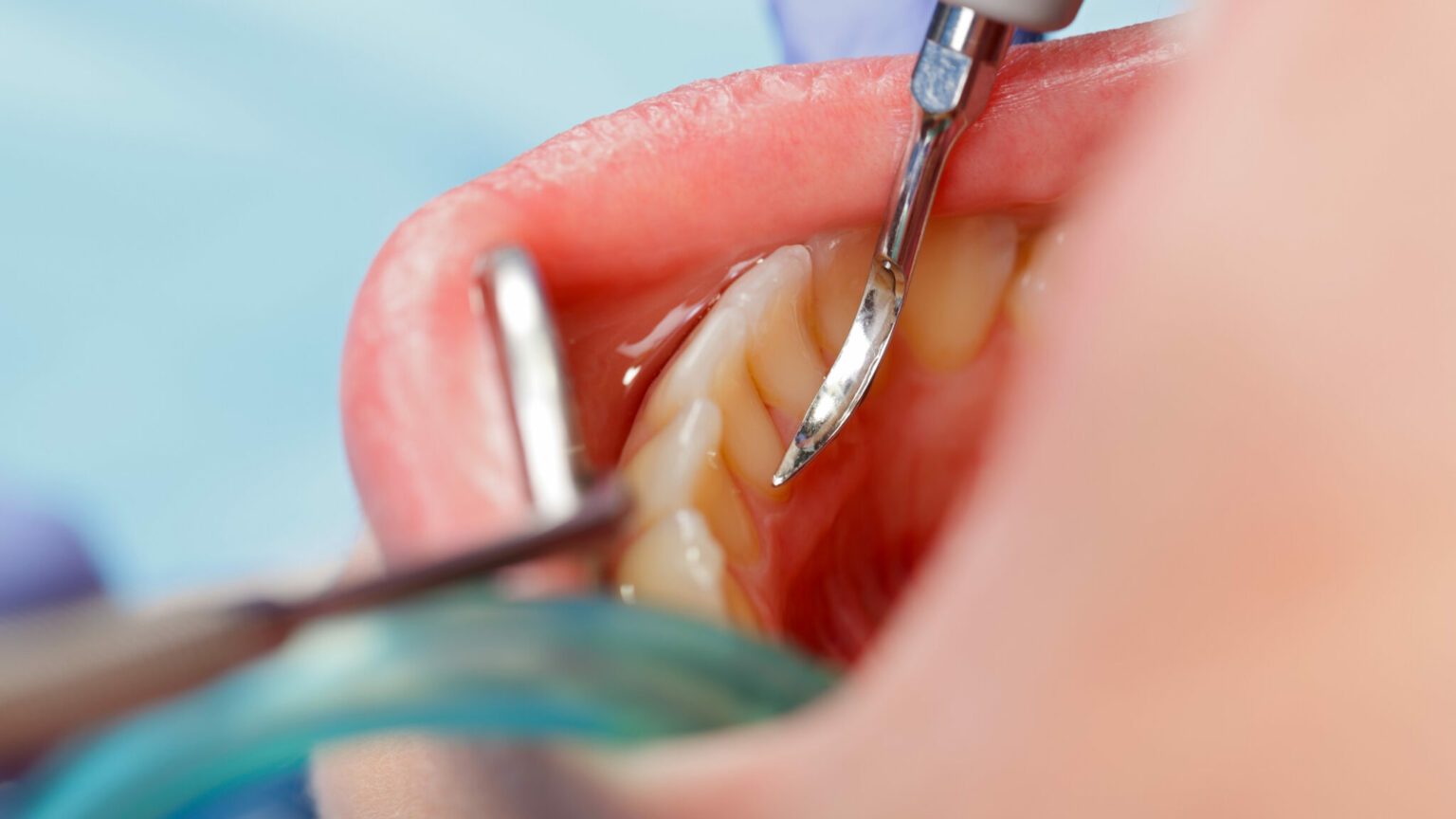
January 27, 2023
by Gabriele Maycher, CEO, GEM Dental Experts Inc. BSc, PID, dip DH, RDH
Q: I am an experienced, technically-sound dental hygienist, so why do I have so many periodontitis clients that still have active disease on a three-month maintenance interval? Their plaque control is excellent, there is no detectable subgingival calculus, and I feel I understand endpoint. What am I missing?
A: The more experienced you are, the more confusing this is for all the reasons you mentioned. We know, as clinical hygienists, we not only need to continually evaluate our clients but also our own skill set to ensure optimal client outcomes. The truth is, we should never put clients on a three-month maintenance interval if they still have active periodontitis or they will continue to experience attachment loss.
The rationale in selecting a three-month maintenance interval is based on achieving the parameters of health, which is <4mm pocket depths (PD), <10% bleeding on probing (BOP) and no 4mm PD bleeding, prior to a maintenance program. Anything that falls outside of these parameters is considered active periodontitis, and endpoint has not been achieved. However, you did mention that clinically there is no detectable subgingival calculus, so what are you missing? Is it possible you have not reached endpoint? Let’s look at what the literature has to say.
We know that periodontitis is characterized by “microbially associated, host mediated inflammation that results in bone loss and loss of periodontal attachment.”1 What’s important about this definition is the term “microbial,” which points to the presence of microscopic organisms in the form of biofilm. In my early days, we thought the cause of periodontal disease was plaque and calculus, so, of course, we removed the plaque and calculus in the hopes of achieving health. However, we now know that not all biofilm forms visible plaque and not all biofilm calcifies to form calculus. When microscopic calculus grows to the point where we can see or feel it, only then do we call it “calculus.”2 Herein lies the problem. We have always relied on our tactile sense to determine if the endpoint has been achieved. While this works for clinically detectable calculus, it doesn’t work for microscopic etiology. So, if you cannot feel it, and the client still has active periodontitis, have you successfully removed it? Probably not.
To maximize the chance of achieving health and stability in our periodontitis clients, we must interrupt the etiology in all its forms – the visible plaque, the tactile calculus, and the microscopic biofilm and calculus – as thoroughly as possible. Therefore, don’t be afraid to take more time for nonsurgical therapy or to retreat.
Prior to treatment, explain to your clients that the parameters of health may not be achieved in one round of nonsurgical periodontal therapy and that you may need to retreat specific areas or all the areas of the mouth, which will be determined at their post-care evaluation appointment.
As experienced hygienists, we sometimes falsely believe that we need fewer appointments because of our clinical acumen, but based on the literature, we need more. My advice to hygienists is that if you think you need a couple of appointments to achieve endpoint, you probably need to treatment plan quadrant scaling. If you think you need quadrant scaling (see calculus on radiographs), you probably need to treatment plan sextant scaling.
For all your current three-month maintenance clients that still have active periodontitis but no detectable calculus, change direction and treatment plan nonsurgical periodontal therapy, again. Treatment plan quadrant scaling if generalized >4mm PD or 4mm PD BOP exist or retreat specific areas to focus on removing all the microscopic etiology. The instrument of choice would be the ultrasonic scaler, specifically your left and right inserts to enable you to sweep over every square inch of the root surface. In most cases, you will achieve the parameters of health. If not, refer.
References:
-
- Tonetti MS, Greenwell H, Kornman KS. Staging and grading of periodontitis: Framework and proposal of a new classification and case definition. J Periodontol. 2018;89(Suppl 1):S159S172. https://doi.org/10.1002/JPER.18-0006
- Ultrasonic Periodontal Debridement Theory and Technique. Marie D George, Timothy G Donley, Philip M Preshaw. Wiley Blackwell 2014






Leave a Reply
You must be logged in to post a comment.